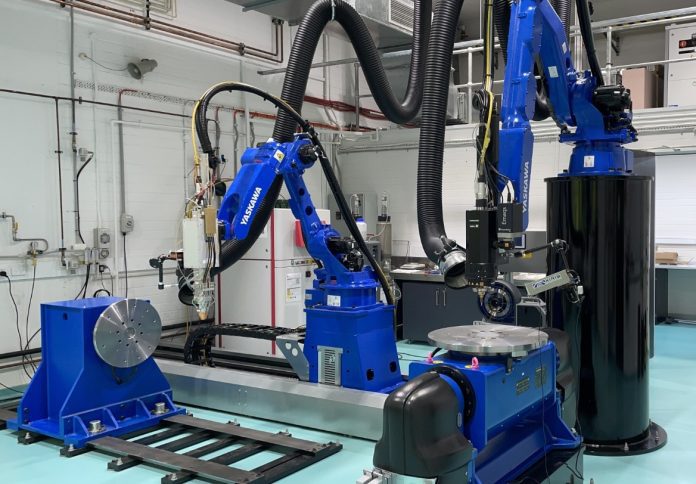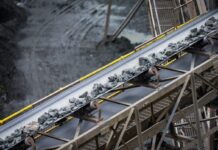
CSIRO’s Lab22 Innovation Centre is playing a pivotal role in advancing Australia’s metallic additive manufacturing sector, offering cutting-edge technology and research expertise to boost the competitiveness of local manufacturers.
Established in 2015, Lab22 has become one of the nation’s leading hubs for metallic 3D printing. Operated by CSIRO, the centre supports industry through collaborative research and development, helping companies access and adopt additive manufacturing technologies that improve productivity, reduce waste, and enable the creation of complex, customised parts.
According to CSIRO, additive manufacturing offers several advantages over traditional production methods, including reduced material waste, lower labour costs, faster prototyping, and enhanced product customisation.
As Australian businesses increasingly adopt these techniques, Lab22 continues to invest in R&D to strengthen the domestic industry and help ensure global competitiveness.
“Our mission has been to increase the adoption of metallic additive manufacturing across Australia,” according to a CSIRO statement.
“Our experts work closely with companies on cost-effective solutions, catering to a wide spectrum of requirements, such as increasing the speed, performance and affordability of technologies.”
Lab22 is equipped with a wide range of advanced technologies including powder bed, cold spray, and blown powder systems, powered by heat sources such as lasers and electron beams.
The facility can process a variety of materials, including titanium, aluminium, ferrous and non-ferrous metals, and even sand.
Its capabilities include metallic 3D printing, advanced machining, surface engineering, laser-assisted additive deposition, and laser heat treatments. Notable equipment includes the Arcam A1, Concept Laser M2, Optomec LENS MR-7, SLM 280 multi-material printer, and a CSIRO-developed large-format robotic system.
In addition to developing new technologies, Lab22 has supported the creation of spin-off companies and attracted local investment in additive manufacturing. The centre is now exploring new materials and techniques for applications in the space, defence, and medical sectors.
CSIRO said future developments include metal-matrix composites, robotic free-form additive manufacture, and computational models for optimising manufacturing processes.
These innovations aim to improve how manufacturers predict product performance and tackle the challenges of producing complex, high-performance components.
“Our world-class additive manufacturing researchers have developed novel technologies that have resulted in the creation of new companies,” CSIRO stated.

















